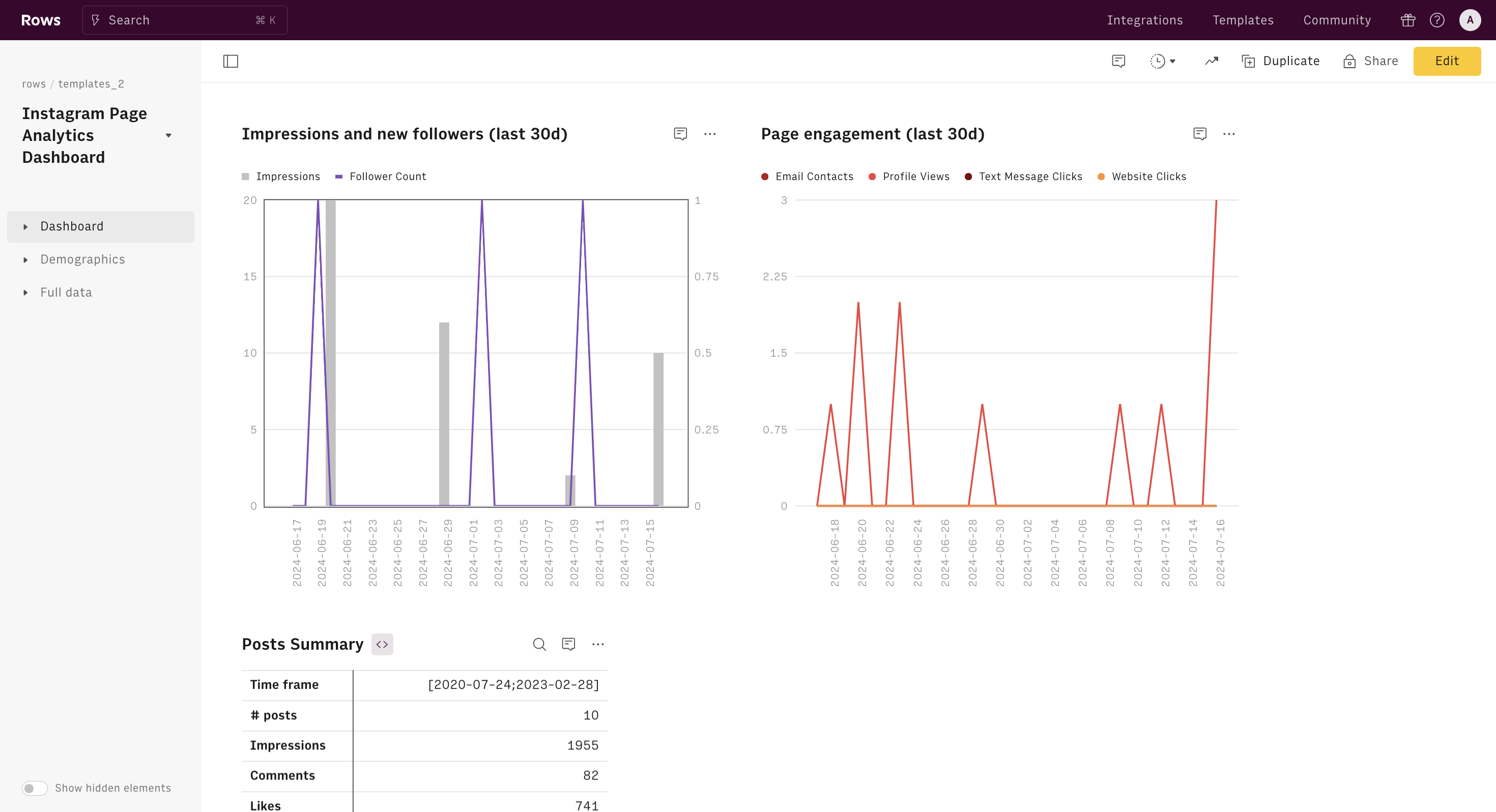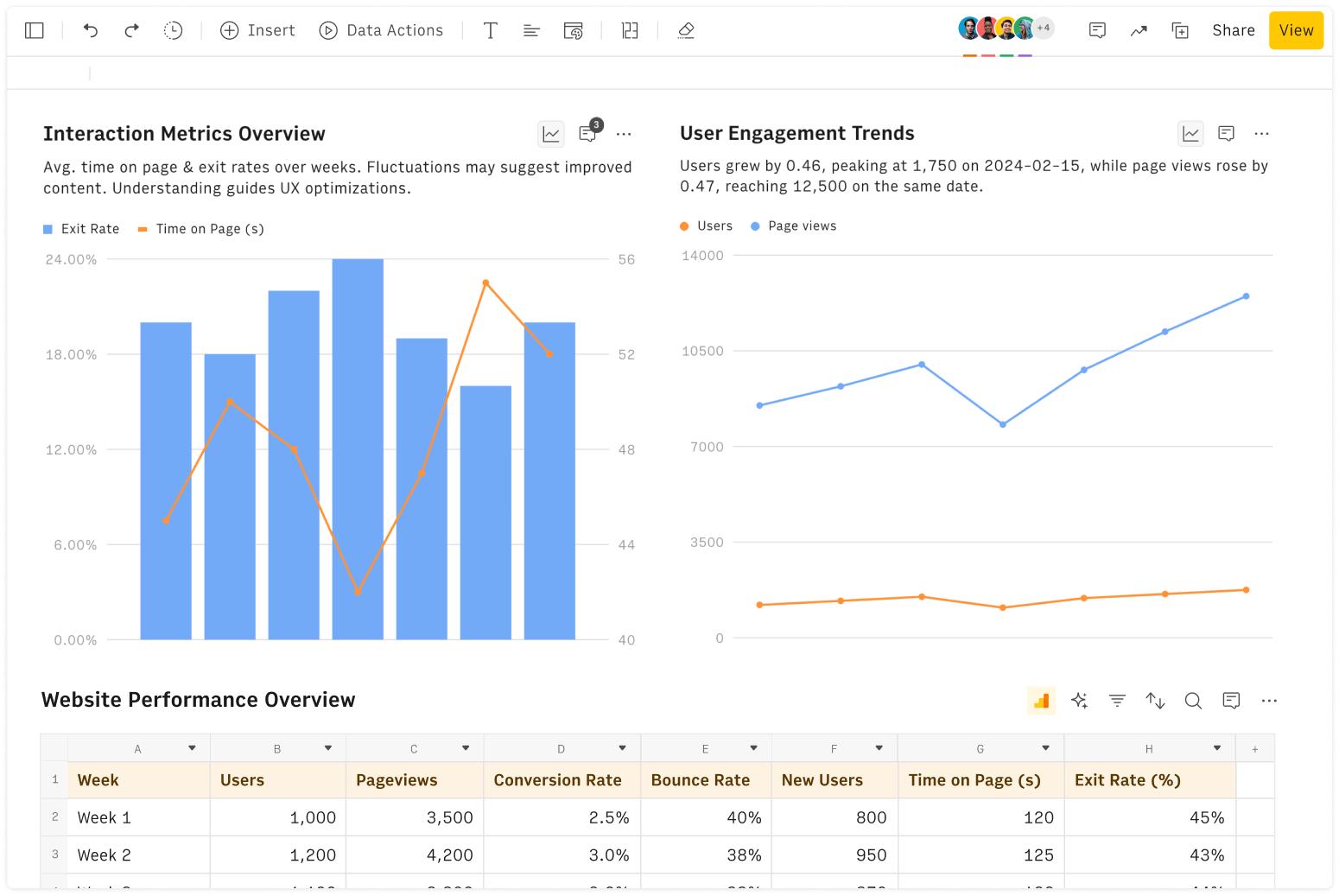What is a Perpetuity Calculator?
The Perpetuity Calculator helps you compute the present value (PV) of a perpetuity, a financial instrument that provides its holder with a never-ending flow of payments.
The PV of a financial instrument represents the value today of all future cash flows that the holder is entitled to. This contraposition between today and future values lays on the so-called time value of money.
What's the Theory Behind Perpetuity Calculator?
The theory behind calculating the present value of a perpetuity revolves around 3 main concepts. Let's go through them.
Time Value of Money
The main pillar of a perpetuity calculator is the time value of money, a concept that states that today's money is worth more than the same amount of money in the future.
This is because money can always be invested to generate returns over time, so a dollar today is worth more than a dollar in the future.
Conversely, if you delay receiving a dollar in the future, its present value is lower due to the opportunity cost of not having access to that money today.
Discount Rate and Growth Rate
Additionally, to use this perpetuity calculator, you need to familiarize with two additional concepts:
Discount rate: It quantifies the 'time value of money', representing the opportunity cost of investing in perpetuity (delaying cash flows to the future). It is typically the prevailing market rate for similar investments.
Growth rate: The rate at which the payment amount is expected to grow in the future, which offsets the negative effect of the discount rate, virtually compensating the investor for 'waiting' for a cash flow in the future.
As long as the discount rate is larger than the growth rate, we say that the series is converging, and the Present Value can be computed as follows:
Present Value = Payment amount / (Discount rate − Growth rate)
The concept of converging series is important in perpetuity calculations, as it ensures that the sum of the discounted cash flows approaches a finite limit as the number of cash flows approaches infinity. This is necessary to ensure that the perpetuity has a well-defined present value.
How to Use This Perpetuity Calculator
To use this Perpetuity Calculator, all you need to do is to input the following values:
Payment amount: The cash payment that the investor is expected to receive (each year) for an infinite amount of time.
Discount rate: The rate representing the time value of money.
Growth rate: The rate at which the payment amount is expected to grow.
See the example below:
Payment amount: 100
Discount rate: 6%
Growth rate: 2%
Calculating PV:
Present Value = 100 / (0.06−0.02) = 2,500
In this example, the PV of an annuity that rewards the investor with 100$ per year at a growing rate of 2%, with a discount rate of 6%, is 2,500$.
Practical Use Cases for Perpetuity Calculator
Consol bonds:
A noteworthy example of a financial perpetuity is a consol bond. Consols were first issued by the British government in the 18th century and were widely used in the 19th century. These bonds had no maturity or redemption date specified.
The only way for an investor to receive the principal back was to sell the bond on the secondary market. Consols were popular with investors seeking a steady stream of income without the risk of their principal being returned prematurely.
Real Estate Investments:
The concept of perpetuity is also widely used in real estate investments to estimate the value of a property based on the expected future cash flows generated.
If the rental income is expected to remain stable and predictable for an indefinite period of time, then the investor may treat this as perpetuity and calculate the present value of the expected future cash flows using a discount rate that reflects the time value of money.







